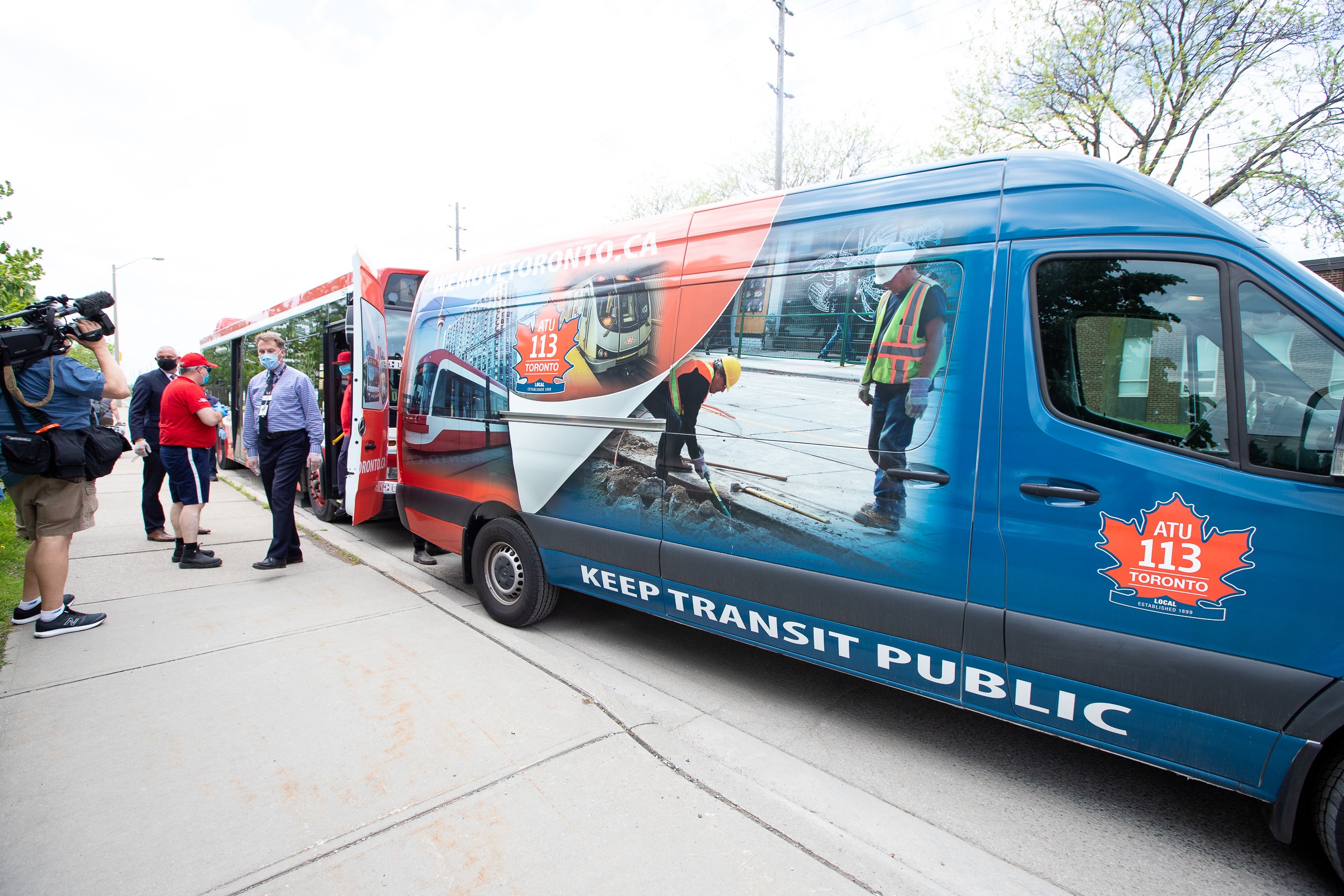Sisters and Brothers,
ATU Local 113 will be hosting a virtual information session for members through Zoom on Tuesday, July 21 at 7:00 p.m. Members can register at the link below by providing their full name, email address, badge number and work location.
Please note that the cut off time for registration is 3 p.m. on July 21.
After registering, members will receive a confirmation email from Zoom with their secure personalized link. They will be able to participate by clicking on that link at 7:00 p.m. on Tuesday, July 21.
Members are encouraged to submit their questions at the time of registration, but there will also be a live moderated Q&A period at the meeting.
For security reasons, only computer access will be allowed. There will be no option to phone in to the webinar.
We look forward to speaking with you soon.
In Solidarity,
Carlos Santos
President, ATU Local 113






